How to Become Bilingual: Miyakoan and Japanese
On October 26th 2016, I did the second part of my seminar on “History and Culture of our Homeland” in Miyakojima-shi
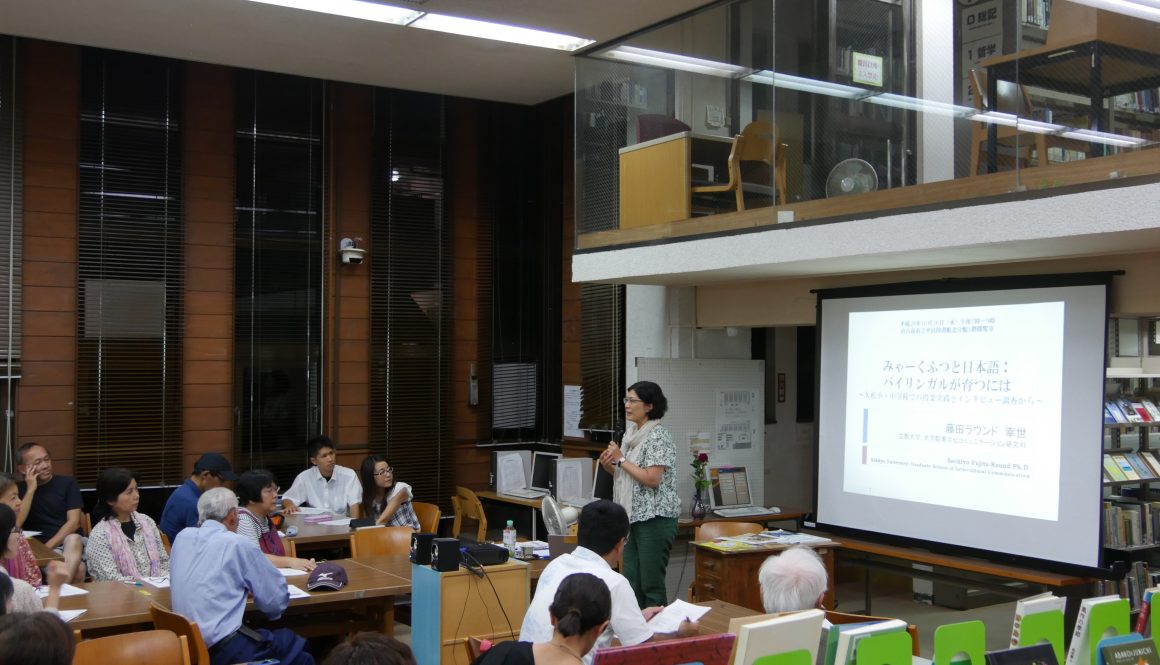
On October 26th 2016, I did the second part of my seminar on “History and Culture of our Homeland” in Miyakojima-shi

This time I want to introduce you to “Qingming” from the point of view of an ordinary house. (*There might be opinions and customs that aren’t considered “ordinary”….) The Qingming (or Ching Ming) Festival has Chinese origins. In Okinawa it is a very important annual family event. (Reference) Naha City Museum of History Digital Gallery “Kinjoh family’s Qingming Festival” Qingming takes place in one of the 24 divisions of the solar year called “Qingming”. People try to adjust so it fits the schedule of everyone in the family. A representative from each branch of the family and relatives (we call them “monchu”), gather a week before to clean out the tombs […]
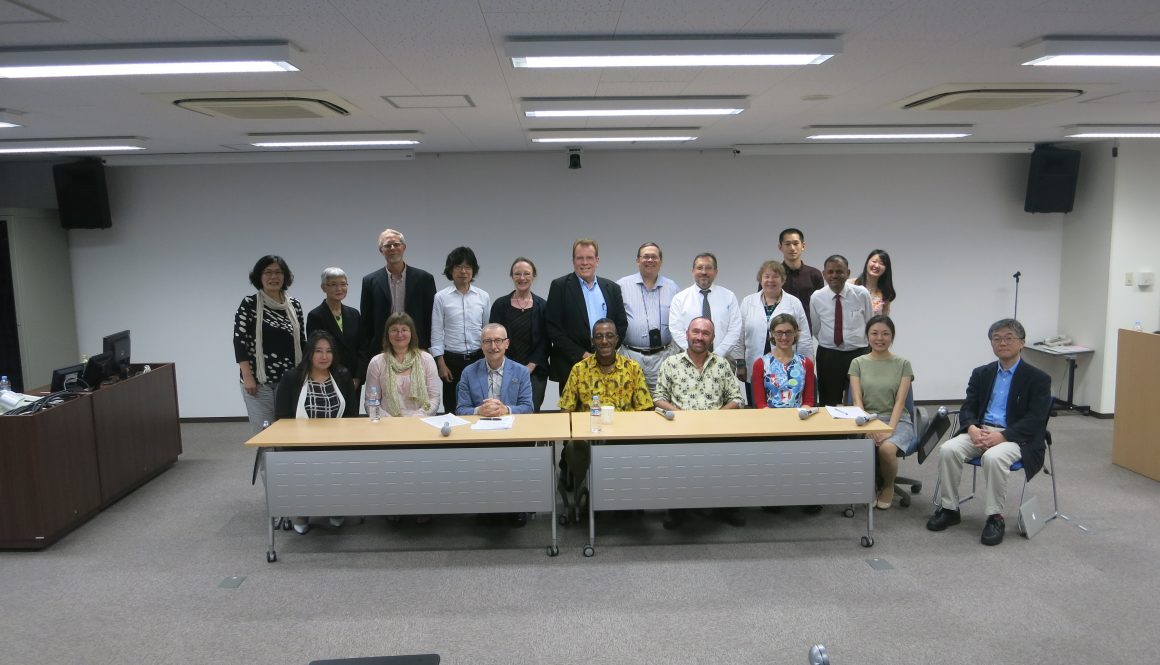
We have learned on the topic of, ‘Migration, Migrants and Language’ from the presentations covering quite various areas of the world.
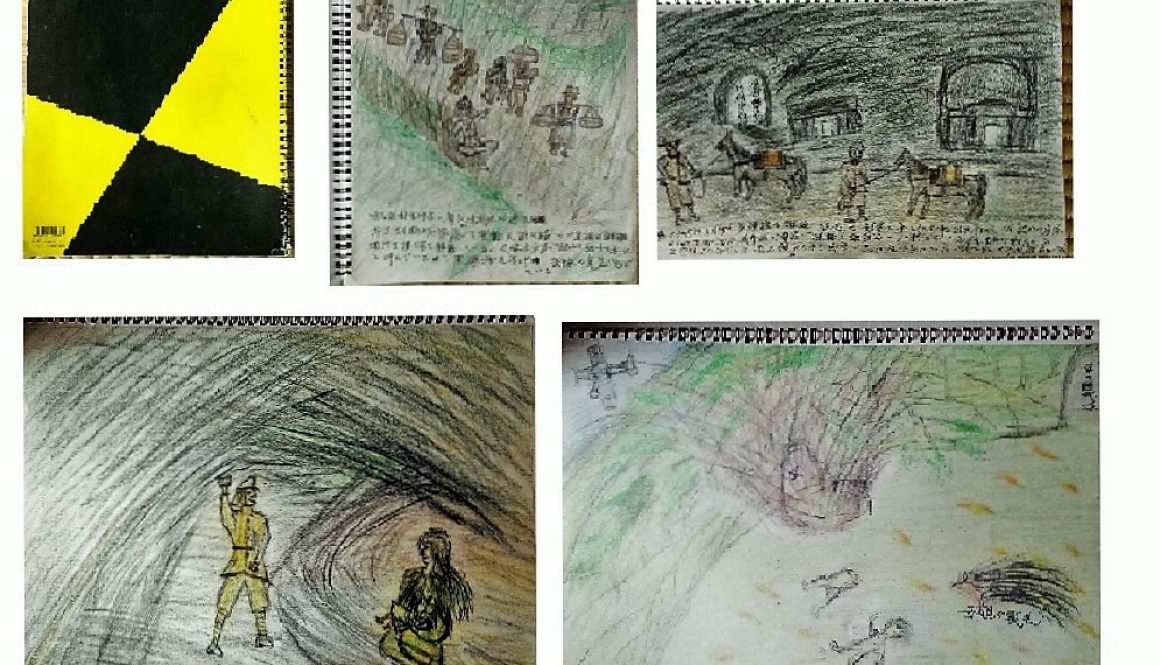
はじめまして。airiです。
私は今年大学を卒業して、教育関係の仕事をしています。
初投稿の内容は、大学時代に行っていた活動について書きます。
私の活動とは、16歳で沖縄戦を体験した祖父の戦争体験を語り継ぐ活動です。
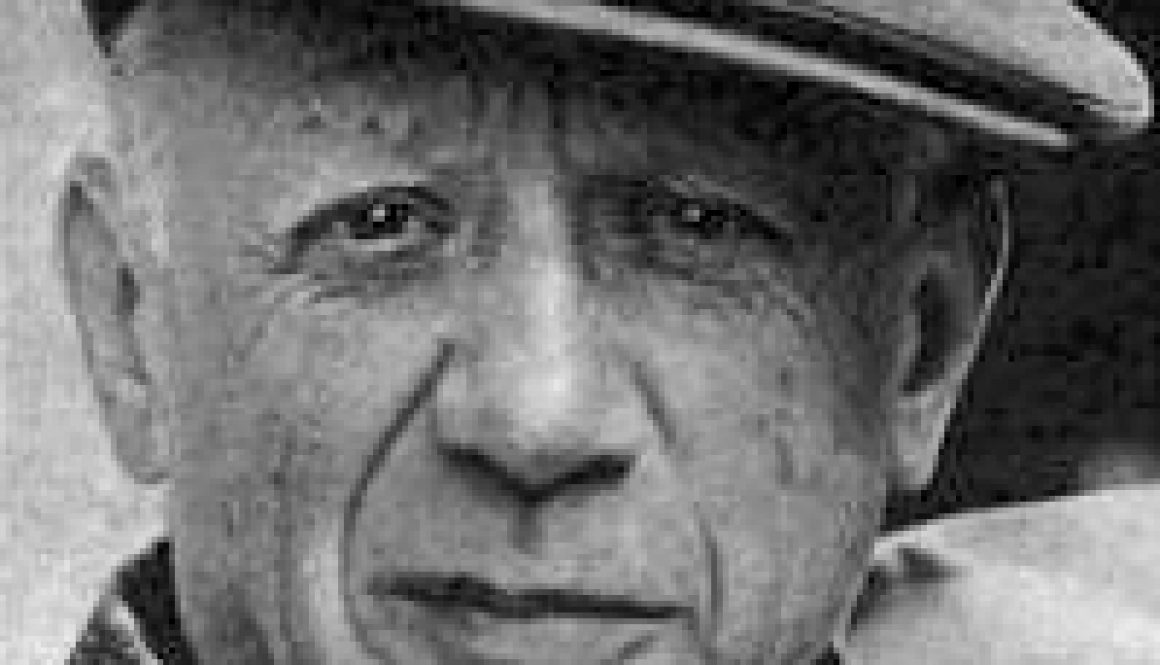
Japones/Ingles/Espanol・日本語/英語/スペイン語・Japanese/English/Spanish Pablo Diego José Francisco de Paula Juan Nepomuceno María de los Remedios Crispiano de la Santísima Trinidad Ruiz Picasso これ誰の名前かわかりますか? そう、あの超有名な画家、パブロ・ピカソの本名です。とても長いと思いますか?そうですよね。僕も長いと思います。しかし、こうした長い名前、程度の差こそありますが、スペイン語圏では珍しいことではありません。今回、久しぶりの更新では、パブロ・ピカソの名前を例にスペイン語圏の名前のつけ方についてお話します。 この長いピカソの名前、どこが名字だと思いますか?Picassoが名字に決まってる?半分正解です。 答えは最後の二つ、RuizとPicassoです。スペイン語圏の名前において、名字は自動的に決まります。父親と母親の父系の名字(お父さんの家系の名字)がその人の名字になります。もちろん、いつもこの二つを名乗るわけではありませんが、公的書類にはしっかり書いてあります。父親の姓を名乗ることが一般的な日本ではなかなか思いつかない発想だと思います。親と子では名字も違ってしまうんです。名字が一緒なのは、両親が同じ兄弟とだけなんですね。 では、名字以外のすべてが名前なのでしょうか?ピカソの場合は、一般的な名前の数をはるかに超えていますが、基本的にスペイン語圏の人々は名前を一つ、あるいは二つ持つことが一般的です。 Pablo Ruiz Picassoの名前+名字+名字のパターン Pablo Diego Ruiz Picassoの名前+名前+名字+名字のパターン の二つがポピュラーですね。二つ目の名前がキリスト教の洗礼名になってることもあります。 僕の場合、通名を使わず、本名で日ごろ生活しているので、日本の人々にはどのように呼べばいいか聞かれることがしょっちゅうです。名前ひとつとってもこれだけ違うのです。面白いと思いませんか? Pablo Diego José Francisco de Paula Juan Nepomuceno María de los Remedios Crispiano de la Santísima Trinidad Ruiz Picasso Can you recognize the man who has this name? Yes, he is a super famous painter, Picasso. Do you think he has an incredibly long name? That’s true. His name is a rare case, however, very often the people from Spanish speaking countries have a long name to some extent. So, which part of this long […]

今回は、那覇での危機言語財団の年次大会で演奏をしてくれた比嘉光龍(ふぃじゃ ばいろん)さんの歌声を少しだけ共有させてもらおうと思います。バイロンさんは、プロの琉球民謡の歌い手で、うちなあぐちを大学で教え、また、うちなあぐち、日本語、英語の多言語話者です。 In this blog, I would like to share the taste of Ryukyu traditional song by Byron Fija who played at the annual conference of Foundation for Endangered Languages in Naha. He is a professional musician of old traditional Ryukyu songs, he also teaches Uchinaa language (One of Ryukyu languages) at a university and is a multilingual of Uchinaa, Japanese and English. この動画は短いものですが、バイロンさんについては、NHKのテレビ番組でも紹介されています。 2014年10月4日(土)午後11時・【再放送】2014年10月11日(土)午前0時00分http://www.nhk.or.jp/etv21c/file/2014/1004.html This music clip is very short, but if you are interested he appears on a TV programme of NHK. Oct 4th, 2014, 11 p.m. and Oct 11th, 2014, 0 a.m. http://www.nhk.or.jp/etv21c/file/2014/1004.html バイロンさんの歌声と共に、琉球の伝統音楽やこうした伝統文化を支えている言語が危機に瀕しているということを心に留めたいと思います。 With Byron’s voice and song, I will rethink of the fact that this language […]

沖縄には、9月にしまくとぅば(島ことば)の日がある。2014年の今年は、琉球諸語の豊かさを改めてかみしめる節目となった。 There is a day which is called ‘Shimakutuba no hi (a day to use and remember old tongue/s of Ryukyu islands)’ in September. This year, 2014, is marked to acknowledge the diversity of Ryukyu languages. 危機言語のカテゴリーの中には、沖縄のことば(琉球諸語)も含まれている。今年は沖縄県内だけではなく、沖縄県を越えて、世界各国の危機言語の危機言語話者自身や危機言語に関わる国内外の研究者が現状報告をする二つの国際大会が東京と那覇においてあった。 In the category of endangered languages, the languages in Okinawa are included. Not only within Okinawa prefecture but beyond geographical Okinawa prefecture, there were two international conferences on the topic of endangered languages in the world in Tokyo and Naha, where the speakers and researchers of endangered languages exchanged the updated report. 9月13日には東京(学習院大学でリンガパックスのシンポジウムhttp://www.linguapax-asia.org/symposium-program.html?lang=ja)で、また、9月17-20日に那覇(沖縄国際大学等で危機言語財団による国際年次大会http://ryukyuans.org/new_program)が行われた。 There were two internationa conferences: on Sep 13 in Tokyo, at Gakushuin University, a symposium by Linguapax (http://www.linguapax-asia.org/symposium-program.html?lang=ja) and between Sep […]

国際基督教大学、東ヶ崎潔記念ダイアログハウス2階国際会議場で行った、「多文化共生を再考する―――学際的な視点から」の二日目です。 This is the report about the second day of the two-day mini-symposium at the International Christian University, Kiyoshi Togasaki Memorial Dialogue House 2nd Floor, International Conference Hall, titled “Rethinking ‘Tabunka (multicultural)’ and ‘Kyosei (co-existence)’—by the interdisciplinary perspectives”. この日のプログラムは以下の内容でした。The programme for the second day is as follows. <第二日目: 9月14日(日)Day 2: September 14th (Sunday) 13:00-16:30> 歴史と時間を軸に多文化・多言語のあり方を問い直す An inquiry into multicultural and multilingual being from the perspective of history and time 中牧弘允(吹田市立博物館館長、国立民族学博物館名誉教授) Hirochika NAKAMAKI (Director of Suita City Museum, Osaka and National Museum of Ethnology, Professor Emeritus) 文化人類学 Anthropology 「多文化共生に向けたコミュニティづくり―カレンダーにさぐる」Toward Socially Inclusive Multicultural Community — A Perspective from Ethnic Calendars John. C. MAHER (International Christian University, Professor and Director of IERS) ジョン・C・マーハ(国際基督教大学・教育研究所所長) 言語社会学・言語学 Sociology […]
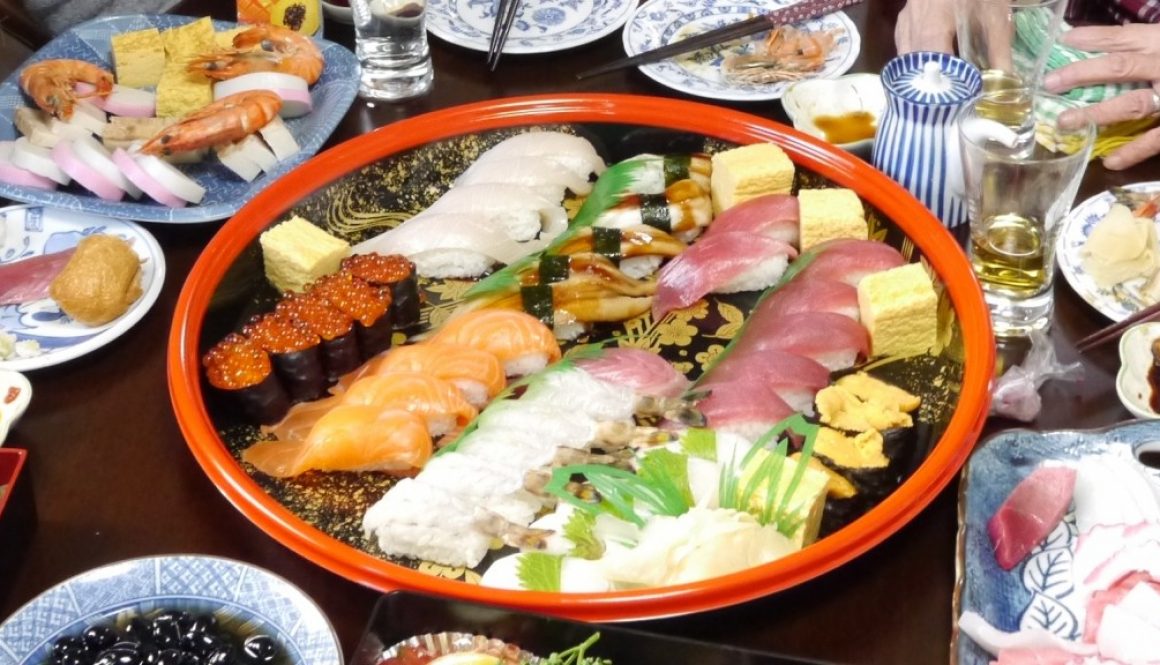
Shinnen Omedetogozaimasu 新年おめでとうございます. A happy new year Feliz ano nuevo Feliz ano novo 새해 복 많이 받으세요 শুভনববর্ষ 新年快乐 Шинэ жилийн мэнд хYргэе Feliç Any Nou 他の言語でも新年のあいさつがありましたら、教えてください。 今年も、ブログを中心に、多文化共生とは何かを一緒に考えていきたいと思います。